Rarotonga culture, food and shopping
Whether you're in Rarotonga for a few days or a couple of weeks, make space in your plans for discovering what makes the island tick. This could be as simple as booking an island night cultural show at your resort or as in-depth as a visit to Te Vara Nui cultural village or Highland Paradise. And if you want a cultural souvenir to take home, the Saturday morning market in Avarua sells everything from locally-made coconut oil skincare to beautiful lengths of tapa cloth.
Dancers are accompanied by drumming on the paté, a Polynesian wooden slit drum. Performances can be sensual, fierce and incredibly athletic; all of them are utterly spellbinding.
Rarotonga traditions and customs
For the people of Rarotonga, Cook Islands culture is woven into the fabric of everyday life. You can hear it in the music on the radio and in the conversations around the market. And you can see it in the way people dress, the flowers behind their ears and the captivating dance performances that happen across the island almost every night. Here's a quick guide to what's going on:
Cook Islands dance traditions
Each island in the Cook Islands has its own special dances and these are learned from childhood by both girls and boys. Dance competitions are common and hotly contested - if there's a competition on when you're visiting, do your best to see it. Dancers are accompanied by drumming on the paté, a slit drum that's also found in Samoa and Tahiti. Dances can be sensual, fierce and incredibly athletic; all of them are utterly spellbinding. There's often dancing on stage at Punanga Nui Market or you can catch a live show at one of Rarotonga's resorts.
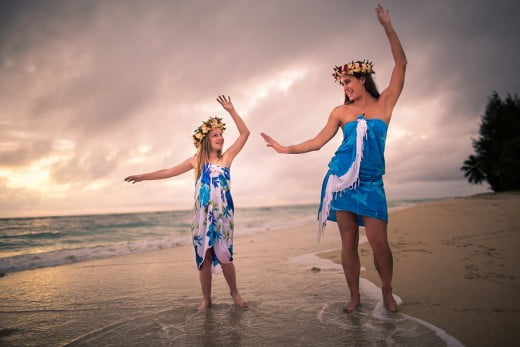
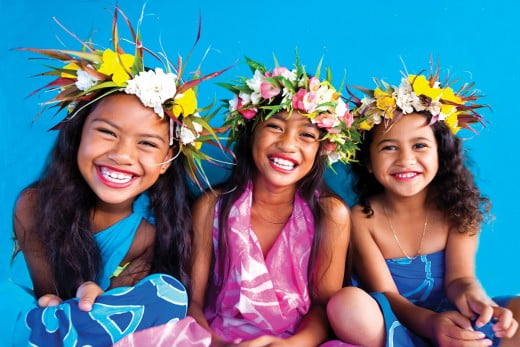
Cook Islands music
Apart from the traditional drumming you'll hear at a dance performance, the music of the Cook Islands encompasses everything from traditional folk songs accompanied by ukulele or guitar to rap, hip hop and rock music. For traditional music, book for an island night performance at Te Vara Nui cultural village. Music is also a highlight of island nights, which are held every week at the larger resorts. Some of the best venues for contemporary music include Charlies Café, On the Beach Restaurant, Wilsons Beach Bar, Trio's Bar and Pacific Resort Rarotonga.
Cook Islands clothing
While smart casual or beach-style clothing is the norm for most residents of Rarotonga, you'll also see plenty of people wearing the pareu, a bright-coloured length of fabric worn as a wrap by both men and women. At traditional dance performances, women and girls wear a pareu kiri'au roroa (long skirt), papa kapu akiri (coconut bra) and pare rakei (headpiece). Men and boys wear a pareu poto (skirt), ei kaki (necklace) and pare rakei no te tane (headpiece).
Cook Islands handcrafts
When you're shopping at Punanga Nui Market or around Avarua township, look for tivaevae quilts, wood carvings featuring traditional Polynesian motifs, pareu, art works, pearl jewellery, hand-made hats and bags, and woven homewares.
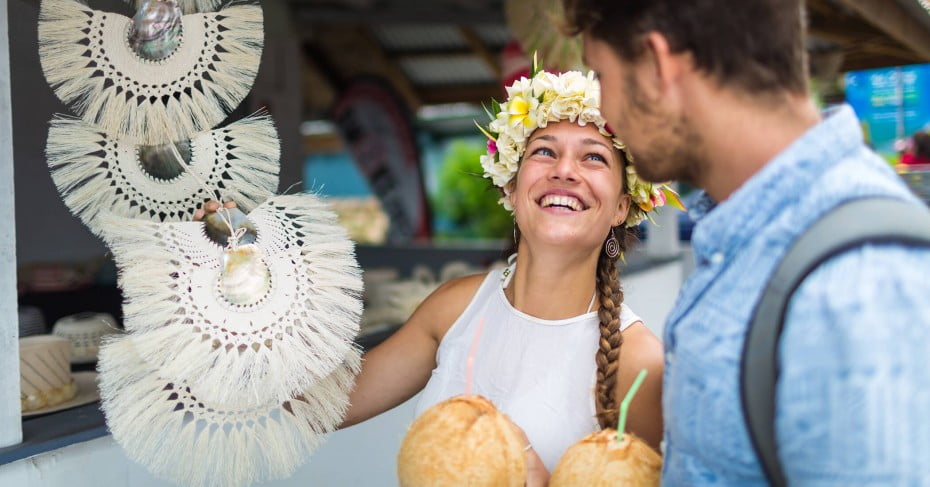
Best Rarotonga food experiences
Cook Islands cuisine traditionally involves fresh local seafood, chicken, pork, coconut, ginger, tropical fruit and starchy veges, like taro and cassava. However it also embraces ingredients and recipes from other cuisine cultures, which is why you'll also find excellent sushi, pizza, curries, stir-fries and poke bowls in Rarotonga. Some of the best restaurants in Rarotonga include:
- The Mooring Fish Café in Ngatangiia - fresh seafood and salads served simply
- Trader Jacks at Avarua Harbour - a classic waterfront eating place since 1986
- Vili's Burger Joint in Muri - often credited with the best burgers in Raro
- Tamarind House in Avarua - an excellent choice for a celebration or if you want to dress up for dinner
- Charlie's Café in Titikaveka - believed to have the best fish sandwich on the island
- Antipodes Rarotonga - Antipodes specialises in al fresco style cuisine enjoyed by the many nations occupying the greater Mediterranean Region
To discover Rarotonga's equivalent of street food, there are two markets to target. First up is Punanga Nui Market, held every Saturday morning in Avarua. Here you can enjoy things like roast pork rolls with apple sauce, ika mata (marinated raw fish), rukau (steamed taro leaves), poke (a sweet dish made with bananas and tapioca) and mitiore (fermented coconut with onion and seafood). And keep an eye out for firi firi -donuts with chocolate filling. You'll also find European favourites like sourdough bread, croissants and pastries.
The other seriously-good casual food experience on Raro is Muri Night Market, which happens every Sunday, Tuesday, Wednesday and Thursday. You'll find noodles, udon, chow mein, chop suey, crispy squid, pork ribs, teriyaki, roast dinners and much more. Dessert gets a lot of attention here too, so leave room for coconut cheesecake, chocolate brownie or a doughnut (or two). Hit this market after a day of adventure - you'll need a big appetite!
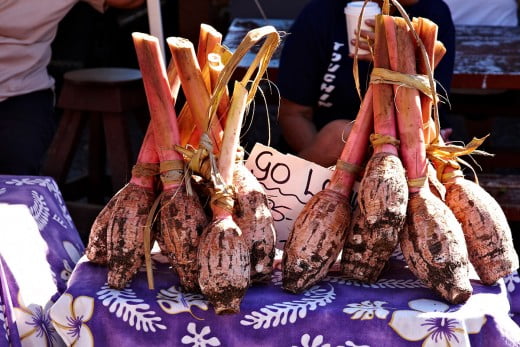
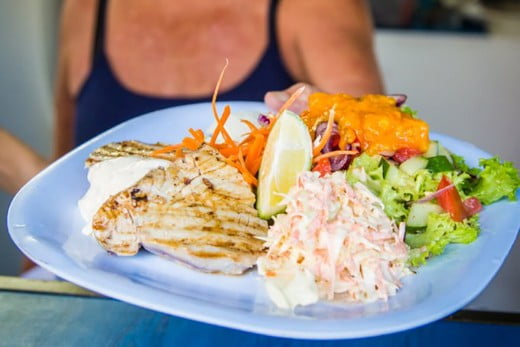
Rarotonga history at a glance
The largest land mass in the Cook Islands, Rarotonga is the peak of an ancient volcano that was active in the Pliocene-Pleistocene period (about five million years ago). It's believed that people from Tahiti found and settled the island around 875AD.
The first Europeans to visit Rarotonga were the Bounty mutineers in 1789. Christian missionaries followed in 1821, led by Reverend John Williams. The missionaries had a major impact on Cook Islands life - spiritual, social and economic - but tribal chiefs (ariki) continued to govern the islands. Local languages and the traditional system of land inheritance remained intact.
The British took formal control of the Cook Islands in 1888, followed by New Zealand in 1900. In 1965, the Cook Islands became a self-governing country in association with New Zealand. Today Rarotonga is the main hub for the 15 islands that make up the Cook Islands.